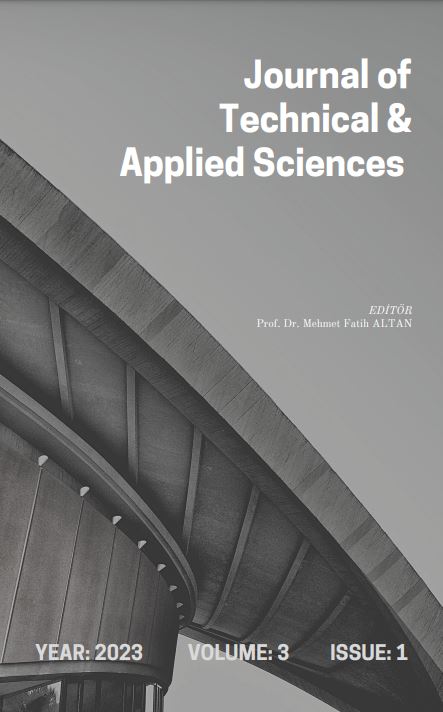INVESTIGATION OF LIQUID CONCRETE ADDITIVES THAT PROVIDE WATERPROOFING
Keywords:
Concrete, waterproofing, additive, hydrationAbstract
Concrete is a construction material consisting of homogeneous mixing of cement, water, aggregate and chemical or mineral additives, initially in a plastic consistency, can be shaped, solidified and hardened over time and gains strength. The absolute volume of concrete is 75% aggregate (sand, gravel), 10% cement, and 15% water. Additives can be added when necessary, not more than 2% of the cement weight.
A few hours after the concrete components are mixed, they form a solid structure that loses its plasticity. The chemical reaction that causes this and occurs as a result of the reaction of cement and water is called "hydration".
The objective compressive strength envisaged in concrete production is directly related to the completion of the hydration event during the hardening process of the concrete. Elements required for the completion of hydration in concrete; It is known that the water/cement ratio, which characterizes the amount of water entering the mixture, is highly dependent on the realization of the curing conditions after the concrete has set.
The fact that the concrete components have different physical and chemical properties ensures that the concrete has a heterogeneous structure. As a result of the hydration process, air and water-filled pores form in the concrete. These pores cause the concrete to be partially water permeable. The water entering the concrete structure corrodes the iron reinforcement in the concrete. For this reason, concrete should be protected from the effects of water in underground productions or overseas projects exposed to water.
In this study, it is aimed to examine the water impermeability additives in liquid form used in the production of concrete from different perspectives.
Downloads
Published
How to Cite
Issue
Section
License

This work is licensed under a Creative Commons Attribution-NonCommercial 4.0 International License.


